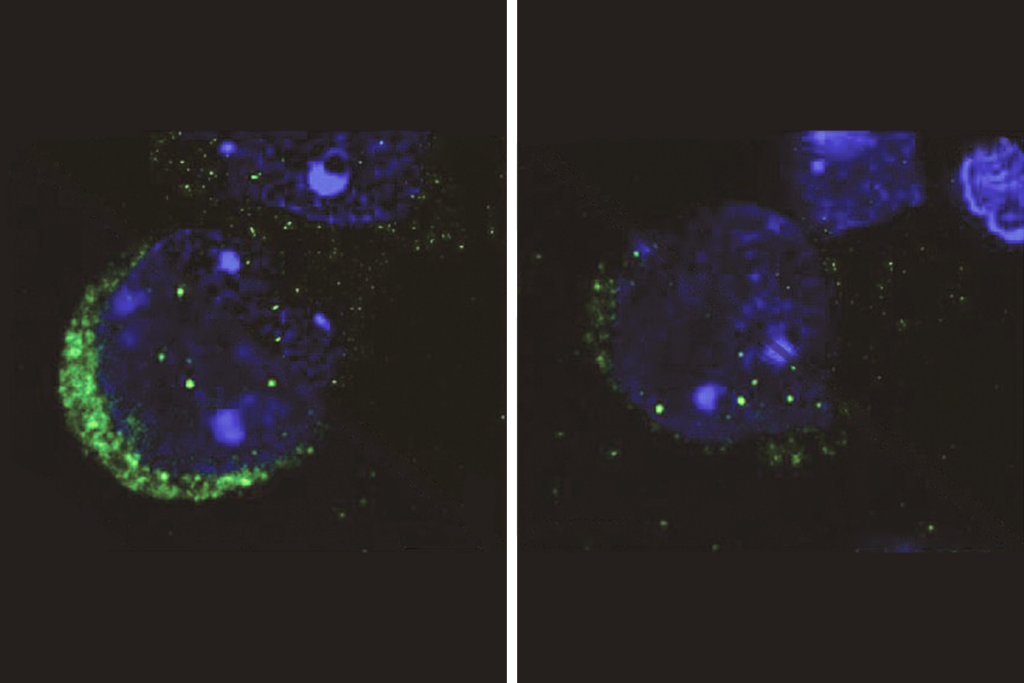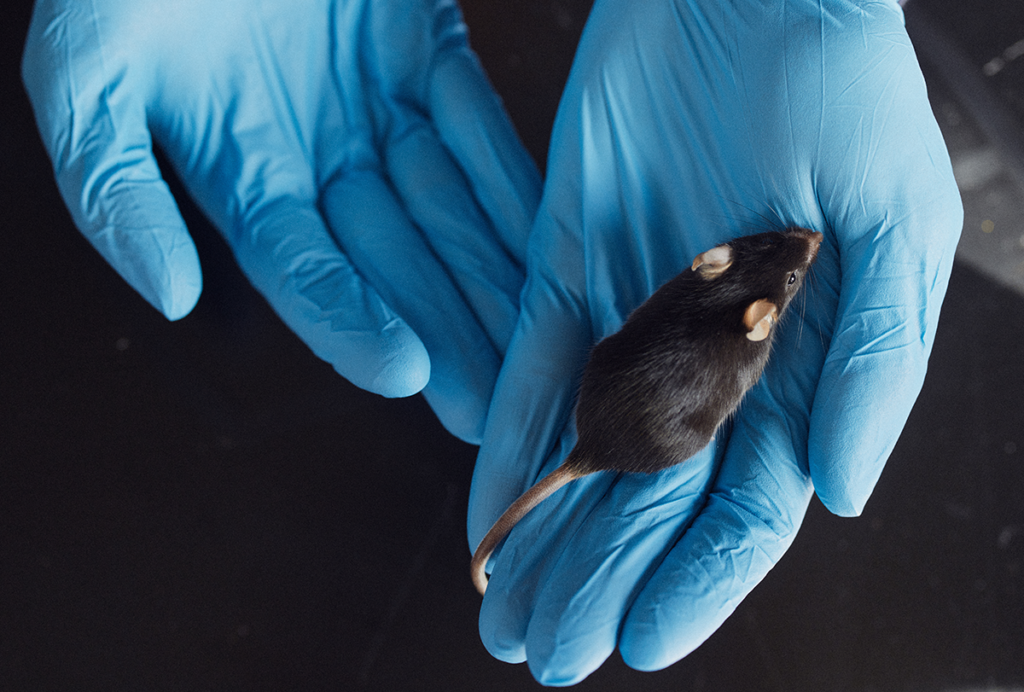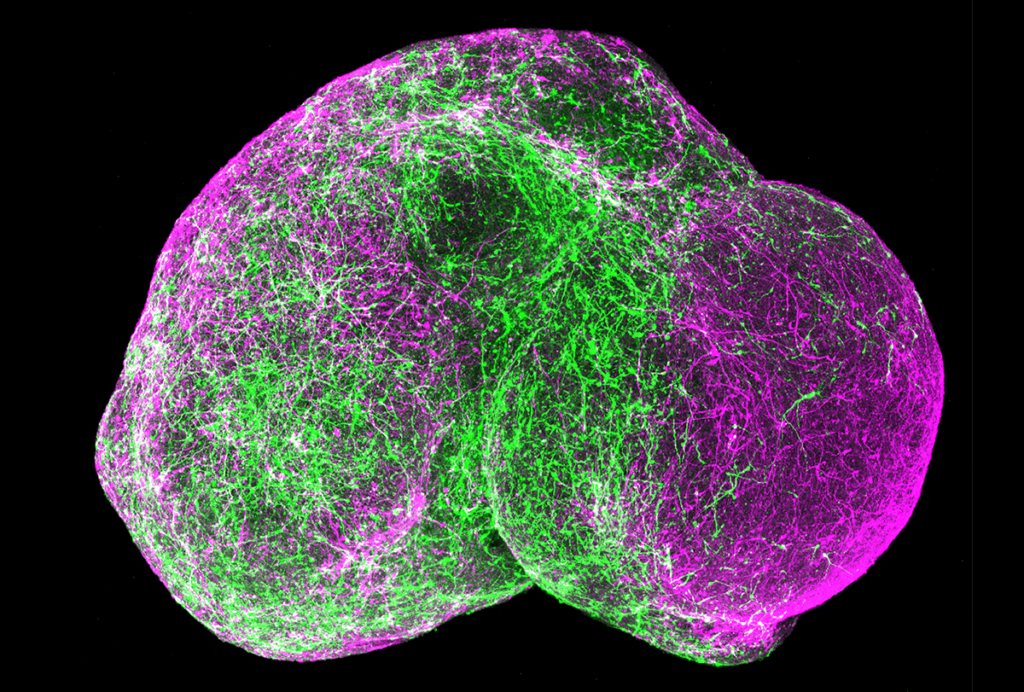Why fold Asperger syndrome into autism spectrum disorder in the DSM-5?
In the new diagnostic manual for psychiatric disorders, Asperger syndrome will be folded into autism spectrum disorder. Francesca Happé, a member of the committee that made the recommendation, explains the rationale behind the decision.
Draft criteria for the new edition of the American Psychiatric Association’s Diagnostic and Statistical Manual of Mental Disorders (DSM-5), due in 2013, have aroused high emotions, particularly in the case of Asperger syndrome.
In 1994, the association first introduced ‘Asperger disorder’ as a diagnostic category in the DSM-IV, the current edition of the manual, and distinguished it from ‘autistic disorder’ by a lack of significant delay in language and general cognition. The term Asperger syndrome has become popular, and there has been a great deal of research comparing those with this diagnosis to those with autism.
Why then do we in the DSM-5 Neurodevelopmental Disorders Workgroup suggest folding Asperger syndrome — along with pervasive developmental disorder — not otherwise specified (PDD-NOS) — into a new category of ‘autism spectrum disorder?’ Our aim is to acknowledge the widespread consensus that Asperger syndrome is part of the autism spectrum, to clean up a currently hard-to-implement and contradictory diagnostic schema, and to do away with distinctions that are made idiosyncratically and unreliably across different diagnostic centers and clinicians.
Range of autism:
First, we propose the term autism spectrum disorder because there is widespread agreement that autism is a spectrum that varies among different individuals and even within individuals during their lifetime. It is particularly variable among individuals with different intellectual levels or language abilities.
There have been many attempts to define subgroups within this heterogeneous spectrum. But a key question is whether there are meaningful differences between Asperger syndrome and high-functioning autism, loosely used to describe individuals with good current language and IQ in the average range despite earlier delays.
There has been no shortage of studies on this topic, along with some helpful recent reviews1. However, to date there is not a robust, replicated body of evidence to support the diagnostic distinction.
Individuals on the autism spectrum who meet expected language milestones in the first three years of life have the same outcome in adolescence and adulthood as those who are significantly delayed in early language — if one compares groups of the same developmental level or IQ2,3. There is also no evidence of different response to treatment or of a distinct cause in Asperger syndrome versus high-functioning autism.
Is the profile of abilities and difficulties on cognitive tests different in the two groups? To date, studies have both supported and refuted distinctions between Asperger syndrome and high-functioning autism on the basis of, for example, verbal-performance IQ pattern3,4, clumsiness5,6, theory of mind abilities3,7, or executive functions8,9.
What is well established is that an individual’s current levels of intellectual ability and language have an enormous impact on his or her ability to function, and dictate the types of intervention that may be appropriate. Should Asperger syndrome be re-defined as “autism without accompanying intellectual or language deficits”? This is fine descriptively but makes no sense in terms of diagnosis; neither intellectual disability nor language impairment are part of the definition of autism, so people with autism can vary freely on these two dimensions.
Clinical confusion:
Second, the criteria for Asperger syndrome in the DSM-IV are flawed and hard to implement in practice, as highlighted by a number of researchers10,11,12. At least two problems exist: It is often difficult to establish whether single words were spoken before age 2 and phrases by age 3, as required for the Asperger diagnosis. Individuals receiving this diagnosis typically come into the clinic in middle childhood or later, and parental memory may be understandably vague. For the increasing number of people diagnosed in adulthood, the issue is even more problematic.
The other major problem with applying the current DSM Asperger criteria comes from the precedence rule: diagnose Asperger disorder only if the individual doesn’t meet criteria for autistic disorder.
The Asperger diagnosis is distinguished from autism by a lack of language and cognitive delay. However, language and cognitive delay are not diagnostic criteria for autism. So, to fail to meet criteria for autism, a person with Asperger syndrome must not show the communication impairments specified for autism. Since these include “marked impairment in the ability to initiate or sustain a conversation,” most — if not all — people with Asperger syndrome do meet diagnostic criteria for autism.
As a result of these problems, the Asperger diagnosis is often given when, according to DSM-IV criteria, the diagnosis should be autism. A study that examined more than 300 pervasive developmental diagnoses from a survey of more than 400 clinicians shows that almost half the young people receiving Asperger or PDD-NOS labels in fact met DSM-IV criteria for autistic disorder13.
Because the current criteria are hard to apply, different places use the term Asperger disorder differently, and inconsistently. A forthcoming study shows that the best predictor of whether someone receives the diagnosis of Asperger syndrome, PDD-NOS or autism, is which clinic they go to — rather than any characteristics of the individuals themselves14.
Although Asperger syndrome, PDD-NOS and autism are not well distinguished in clinical practice, the same study suggests that the broader distinction between autism spectrum versus not is made with good agreement and reliability.
This is an important factor in the workgroup’s proposal to subsume Asperger syndrome and PDD-NOS into the new category of autism spectrum disorder. The plan is to stop trying to ‘carve meatloaf at the joints’ and instead attempt to individualize diagnosis, while also recognizing the essential shared features of the autism spectrum.
Allowing for individuality:
Third, the intention of the DSM-5 is not to blur important boundaries among groups, but to ensure that individuals are described in terms of their specific pattern of needs, rather than fitting them into narrow categories that they do not really match.
The difficulty clinicians currently experience with trying to squeeze individuals on the autism spectrum into exact categories is perhaps reflected in the fact that the diagnosis of PDD-NOS is far more commonly given than autistic disorder15.
Instead, the DSM-5 plans to take a dimensional, as well as categorical, approach. So accompanying a diagnosis of autism spectrum disorder will be a complementary and comprehensive description of the individual’s symptoms and strengths or impairments. For example, a doctor might describe a young person as showing social and communication difficulties requiring very substantial support, but restricted or repetitive behavior that requires much less support.
An individualized, dimensional approach should ensure that the individual’s level of impairment — including accompanying intellectual or language difficulties, mood disorder or motor or sleep problems, and so on — is identified and well documented.
A major concern for the workgroup is that no individual currently diagnosed with Asperger syndrome or PDD-NOS who needs support should lose that support because of this change. We are striving to ensure that the new criteria for autism spectrum disorder — and the examples in the accompanying text — are thoughtful and thorough, taking into account the full range of manifestations across all ages and developmental or intellectual levels.
It is our intention that all individuals with clinical levels of social-communicative impairment and restricted, repetitive behaviour will meet criteria for autism spectrum disorder and their individual levels of intellectual and language functioning will be noted alongside this diagnosis.
We hope that the DSM-5 will be a clearer and simpler diagnostic system for those with autism spectrum disorders. The Asperger disorder category in the DSM-IV did a great service in raising awareness that some people on the autism spectrum have high IQ and good language. It is time to reintegrate Asperger syndrome with the rest of the spectrum, and to demand the same level of respect and lack of stigma for individuals across the full range of the spectrum.
Francesca Happé is professor of cognitive neuroscience at the MRC Social, Genetic and Developmental Psychiatry Centre, King’s College London and a member of the American Psychiatric Association’s Neurodevelopmental Disorders Work Group.
References:
- Witwer A.N. and L. Lecavalier J. Autism Dev. Disord. 38, 1611–1624 (2008) PubMed
- Howlin P. J. Autism Dev. Disord. 33, 3–13 (2003) PubMed
- Ozonoff S. et al. Autism 4, 29–46 (2000) Abstract
- Klin A. et al. J. Child Psychol. Psychiatry 36, 1127–1140 (1995) PubMed
- Rinehart N.J. et al. Autism 10, 70–85 (2006a) PubMed
- Thede L.L. and F.L. Coolidge J. Autism Dev. Disord. 37, 847-54 (2007) PubMed
- Barbaro J. and C. Dissanayake J. Autism Dev. Disord. 37, 1235-46 (2007) PubMed
- Rinehart N.J. et al. Eur. Child Adolesc. Psychiatry 15, 256–64 (2006b) PubMed
- Verte S. et al. J. Autism Dev. Disord. 36, 351–372 (2006) PubMed
- Mayes S.D. et al. J. Abnorm. Child Psychol. 29, 263–271 (2001) PubMed
- Miller, J. N. and S. Ozonoff J. Abnorm. Psychol. 109, 227–238 (2000) PubMed
- Leekam, S. et al. Autism 4, 11–28 (2000) Abstract
- Williams, K. et al. J. Paediatr. Child Health 44, 108-113 (2008) PubMed
- Lord, C. et al. Submitted (2011)
- Chakrabarti, S. and E. Fombonne Am. J. Psychiatry 285, 3093–9 (2001) PubMed
Recommended reading

New tool may help untangle downstream effects of autism-linked genes

NIH neurodevelopmental assessment system now available as iPad app

Molecular changes after MECP2 loss may drive Rett syndrome traits
Explore more from The Transmitter

Organoids and assembloids offer a new window into human brain
Who funds your basic neuroscience research? Help The Transmitter compile a list of funding sources
